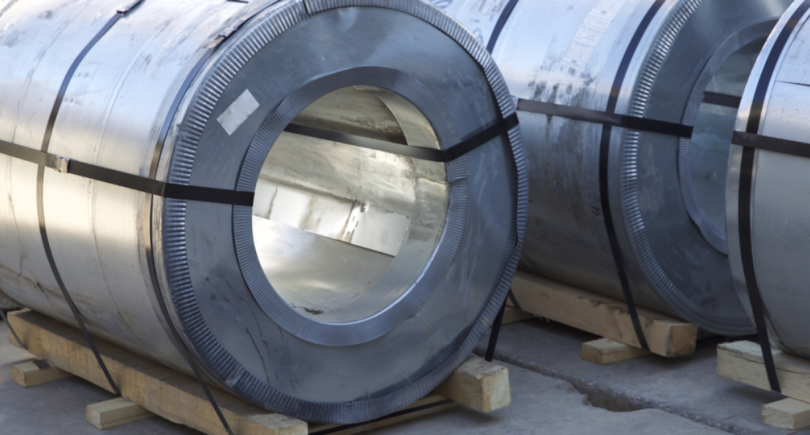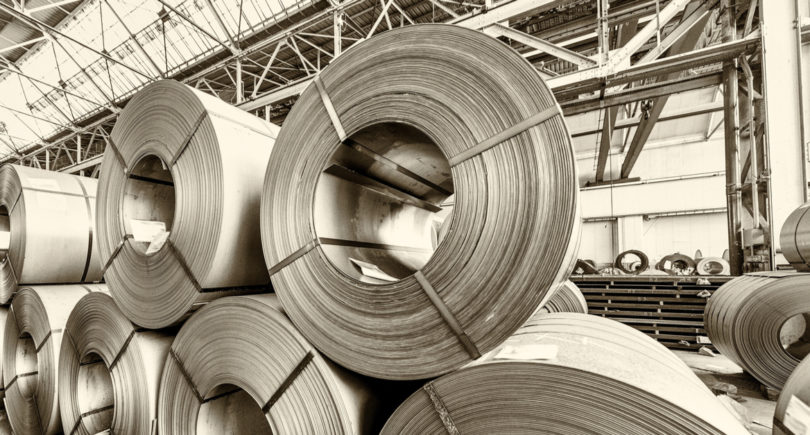
News Global Market coal 837 27 July 2022
Four European countries plans to place 13.5 GW of coal power plants in supply reserves
The EU is expected to increase coal power generation because of gas shortage, but it is not the trend of only this year. Shift to coal began earlier – in the second half of 2021, when rising gas prices caused coal to become more financially competitive in the EU power sector. In 2022 shift to coal generation is continuing because of the Russia-Ukraine war. This trend became the central theme of GMK Center’s research “Coal comes back to EU”.
The EU fears that gas supplies from Russia may be completely cut off. Germany, Austria, France, and the Netherlands have recently announced plans to increase coal power generation in the event that Russia stops gas supplies. This decision would allow diverting gas from electricity production to other purposes, for example, to fill gas storage facilities.
In total four abovementioned countries will place 13.5 GW of coal-fired plants in supply reserve facilities. According to Ember’s estimations, if all the plants operate at 65% of their installed capacity, the net additional CO2 emissions in 2023 would be approximately 30 million tons, representing 4% of 2021 EU power sector emissions and 1.3% of total 2021 EU CO2 emissions.
Coal burning will increase if Russia cuts gas supply further. If this does not happen the coal power plants will not come back online. So, the use of coal is considered to be a last resort and a short-term measure. According to GMK Center opinion, further situation will depend on speed of resuming stable gas supplies. Gas is intermediate fuel for green transition. EU dependence on Russian gas supplies has been formed over the years, so this problem can not be solved in 1 or 2 years. Now diversifying gas supplies is an important challenge for the EU green transition.



